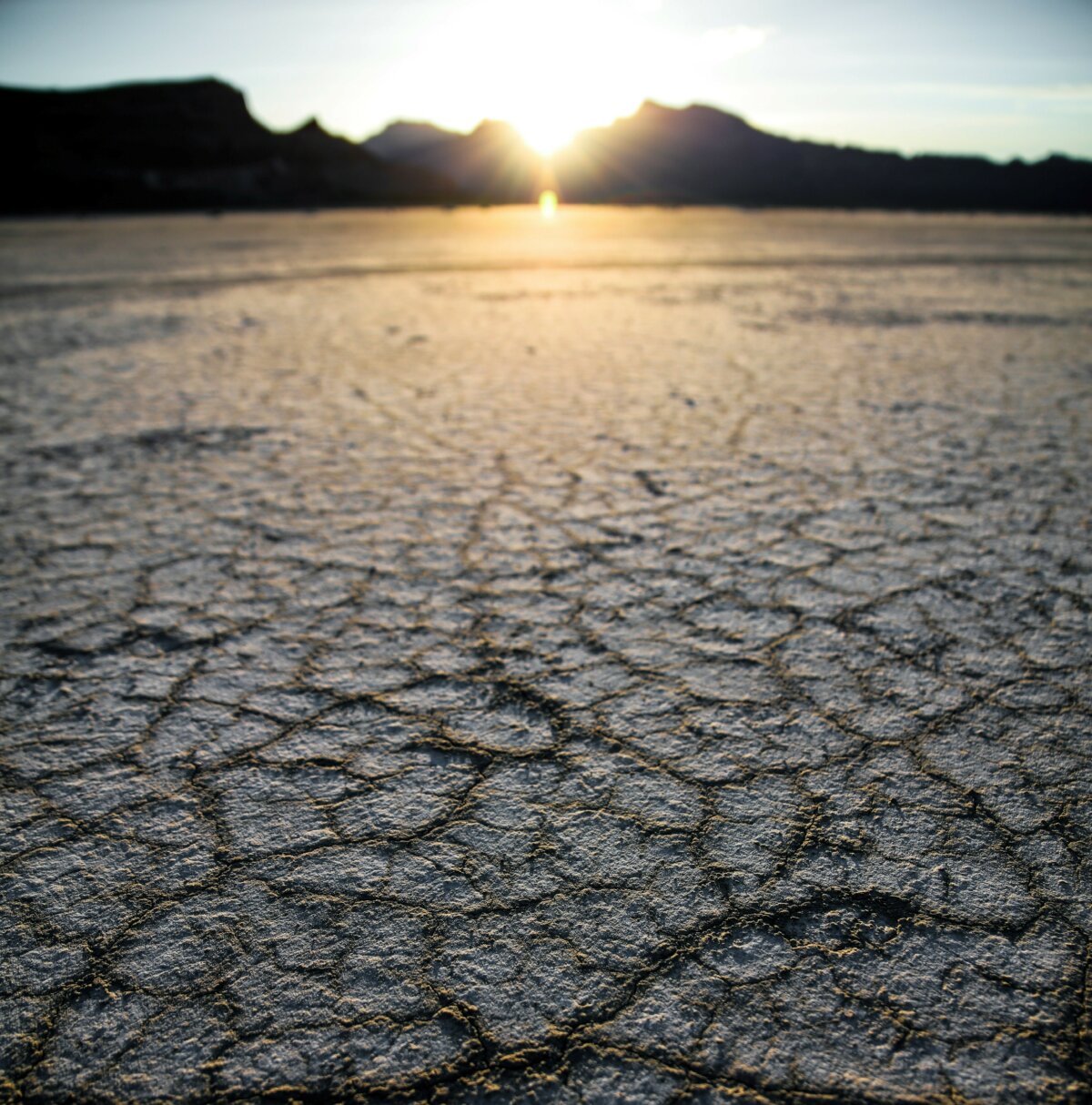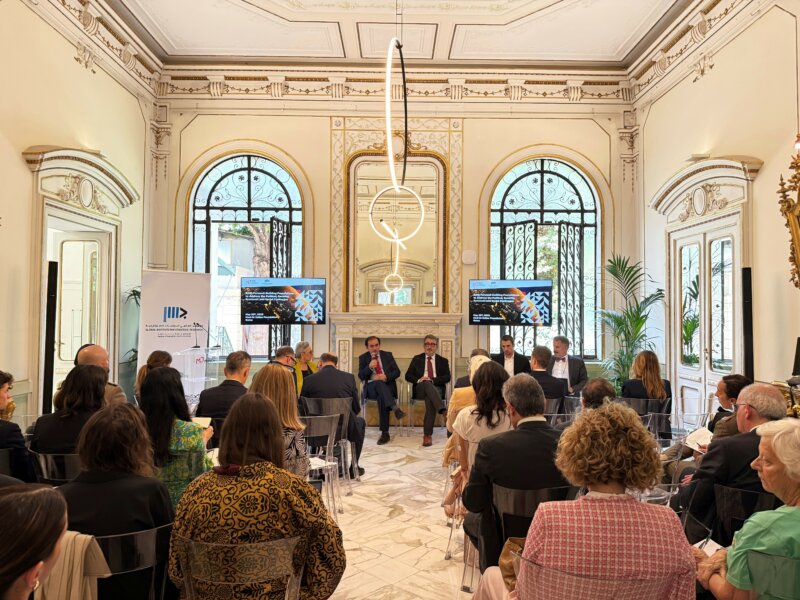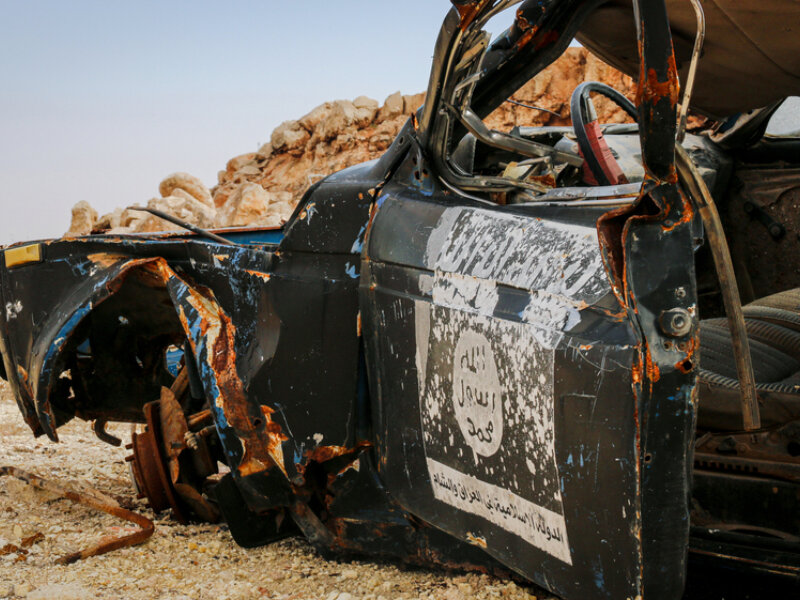The Levant is thirsty
Climate change and drought plague the Countries in the Levant region. The mismanagement of water resources can contribute to the outburst of conflicts. The case of Syria offers food for thought.

The Cop26 closed with results that not everyone judged to be positive. However, some targets have been achieved, such as the goal of maintaining global warming under 1.5 degrees from pre-industrial levels. This is a positive result also in respect of the problems directly connected to the shortage of water in a very large number of Countries around the world.
Goal 6 of the 2030 Agenda for Sustainable Development is to "Ensure availability and sustainable management of water and sanitation for all.”[1] However, the situation in numerous parts of the world seems to make it rather difficult to achieve not only this goal but also the other 16 contained in the Agenda. As pointed out in the latest report by the United Nations Intergovernmental Panel on Climate Change (IPCCT), “The alteration of the water cycle as a result of the warming climate will not only affect the quality and quantity of water for basic human needs, but will also pose risks for energy production, food security, human health, economic development and poverty reduction, thus undermining the achievement of the Sustainable Development Goals.”[2]
The Middle East, one of the areas most affected by the shortage of water and the careless management of available resources, has only made the situation worse. To date, Israel alone has succeeded to solve its water problem through modern irrigation technologies, the reuse of wastewater and large-scale desalination. The Country thus has the possibility of selling water and desalinating seawater for third parties. In this respect, two agreements have been recently entered into with Jordan: in the first, Israel undertakes to double the supply of water to the Hashemite Kingdom; in the second, which was mediated by the United States and the UAE, an Israeli plant commits to desalinate water from the Mediterranean Sea for Jordan.
Jordan is precisely the Middle Eastern Country worst hit by drought. The lack of rain and the dryness of the soil compound with the increase in population, which has doubled over the last two decades, as well as with the inflow of refugees, Palestinian first and Syrian later. This has driven up demand and the exploitation of the already scarce water resources available. According to experts, a worsening of current conditions will cause “forced migrations, socio economic and political instability, future thirst and dark scenarios.”[3]
Another Country of the Levant that is particularly struck by climate change is Syria, whose already critical situation is made worse by Turkey’s control of the inflow of water from the Ataturk Dam and the difficulties arising from a decade-long war.
Several studies analyse the connection between climate change and conflicts and the issue was once again also addressed by the UN Security Council. According to this year’s Security Council Report, it would be necessary to increase the number of research studies to investigate the matter, even if most of the analyses carried out agree that climate change is a risk multiplier. The Report goes on to say that the negative effects of climate change can “increase resource demands, environmental degradation and uneven development, and exacerbate existing fragility and conflict risk”. It further notes that while climate change is “rarely a direct cause of conflict...there is ample evidence that its effects exacerbate important drivers and contextual factors of conflict and fragility, thereby challenging the stability of states and societies.”[4]
With regards to Syria, several studies have highlighted a connection between the outburst of protests in the Country in 2011 and the shortage of water resources or the State’s mismanagement thereof. At the time, Syria was beginning to recover from 5 years of one of the worst droughts in the last 500 years. According to UN data, almost 800,000 people had lost their livelihoods, receiving only minimum welfare benefits from the State.[5] The drought caused a massive displacement of farmers and breeders towards cities where they had to compete for resources with the already poverty-stricken urban population.[6] Of course, we cannot affirm that drought triggered the protests but, as noted by Staffan de Mistura, UN Special Envoy for Syria from 2014 to 2018, “the harshening of climate conditions acted as the amplifier and multiplier of the political crisis unfolding in Syria.”[7]
The risks facing Jordan and what happened in Syria, in addition to the other numerous Countries around the world where the climate crisis and the consequent water shortage are particularly severe, have up to now led experts and international organizations to affirm: “With mitigation efforts to date failing to curb global warming, it is also clear that climate change will become a greater risk factor for conflict in the future.”[8]
The Cop26 decisions will hopefully improve the climate situation worldwide or at least prevent it from worsening. However, also in the current situation, the shortage of water in many Countries has already caused, or is likely to cause, conflicts of varying intensity not too far in the future. As the UN Intergovernmental Panel on Climate Change has been pointing out for many years, peace and security actors must join the diplomats, scientists, activists, and others in “taking this challenge seriously.”[9]
[1] https://unric.org/it/agenda-2030/
[2] https://unfccc.int/news/water-at-the-heart-of-climate-action
[3] https://www.reuters.com/world/middle-east/jordans-water-crisis-deepens-climate-changes-population-grows-2021-09-02/
[4] https://www.securitycouncilreport.org/atf/cf/%7B65BFCF9B-6D27-4E9C-8CD3-CF6E4FF96FF9%7D/climate_security_2021.pdf
[5] https://www.dw.com/en/how-climate-change-paved-the-way-to-war-in-syria/a-56711650)
[6] https://climate-diplomacy.org/case-studies/syrian-civil-war-role-climate-change
[7] https://www.dw.com/en/how-climate-change-paved-the-way-to-war-in-syria/a-56711650).
[8] (https://www.securitycouncilreport.org/atf/cf/%7B65BFCF9B-6D27-4E9C-8CD3-CF6E4FF96FF9%7D/climate_security_2021.pdf
[9] https://www.crisisgroup.org/global/climate-change-shaping-future-conflict



